Today, Hope is officially launching it’s 29er trail bike – the Hope HB130. Now, it’s fair to say that this bike hasn’t exactly been the best kept secret in the world. But, like many things Hope manufactures, if the engineers there are going to develop something they want to ride, they are going to spend as much time as they see fit getting it right. Remember the eternity seatpost? Four years. For a seatpost. That’s a lot of tea consumed.
Greg May has been up in Scotland, riding the trails around Ballater on a spanky new HB130 and learning about the long story behind the frame’s development.
When the Hope HB160 came out we were all impressed. Designed, tested and produced in house at the new Hope bike works carbon facility in conjunction with Hope’s amazing machining skills. Conceived as a ‘can we do this?’ project it was never initially intended to be for mass production. The HB160 was (and is) a wonderful piece of manufacturing. You just need to spend some time admiring the machined chainstays to appreciate the work that has gone into one. If you ever get to ride one, you’ll appreciate the little details that went into it even more. If you own one, you’ll be happy to know that of the 299 sold there have been zero manufacturing faults. No returns. No breakages. That’s something to be proud for any company. Interestingly, the HB160 and HB130 share more than just their nomenclature in common: The seatstays. The only piece of the frame that Hope cannot manufacture in house are common to both frames.
While many of us bemoaned its ‘conventional’ geometry, lack of bottle cage and Model-T ‘available only in black’ aesthetics, we failed to appreciate the time that it takes to develop test and build these frames in the UK, let alone how long it takes to prepare a hand laid carbon frameset. However, this was all with purpose. Part of that purpose was to learn how to lay up frames to make the future bikes they wanted to ride. It also acted as a point from which to learn. Gone is the radial brake mount of the HB160, in is a standard post mount on the HB130. The geometry has changed, not way out there in an Easy Rider sort of way, but definitely a bit more progressive than the HB160 was. Also, as many of you said you would never buy a HB160 for lack of a bottle cage mount, you’ll find that was incorporated into the HB130, so no excuse now.
Latest Singletrack Merch
Buying and wearing our sustainable merch is another great way to support Singletrack
Currently, there are only three people working in the carbon department at Hope. It takes time, nearly a year, for them to be trained to the point where they feel comfortable that they can produce the perfect bike each time. We got a sample of this when we were shown not only one of the moulds used to lay the pre-preg carbon frames, but given an hour-long masterclass by one of the people who lay the frames up. It only struck me afterwards that this effectively reduced the company output by 1/3rd for the entire week. From mould to frame it takes about two days to get all of the pre-preg carbon sheets in place. The frame is then cured. Sanded by hand. Lacquered by hand. Sanded again by hand. Then ready for assembly. They hold no stock. All frames are effectively made to order. Add into the mix that Hope likes to pay its staff a living wage, give them a work/life balance, and employ people who like to ride bikes instead of working all the time and you can see why these bikes take time to come out of the factory. But when they do, they are a sight to behold.
Tech & Opinions/impressions
Skip forward 18 months and now we have the second bike from Hope – the HB130. Proposed five years ago, it took the development of its longer travel sibling to iron out the manufacturing processes needed to allow for the relatively rapid development of the HB130. Over these past 18 months there have been four different variations to the geometry to settle on what we have now. Changes in the seat tube angle. Changes again. Headtube angle. Oh, and a bottle cage, they want me to stress: it has a bottle cage.
The HB130 has been conceived as an all-round bike, which for some of us, could serve as our only bike. Heresy, I know. But the aim was to create a bike that would be equally at home on big mountain days in the Lake District or Scotland as it would be on our local trails or enduro race. Oddly, over the two days of riding around the Cairngorms, I found myself thinking this could be a perfect bike to take on some of the more challenging MTB bikepacking routes like the Highland Trail or Colorado Trail Race. I was quite surprised by how well it pedalled in the high position and yet still retained its ability to turn a descent into a game of ‘how fast do you dare go?’. Also, bottle cage, did I mention that yet?
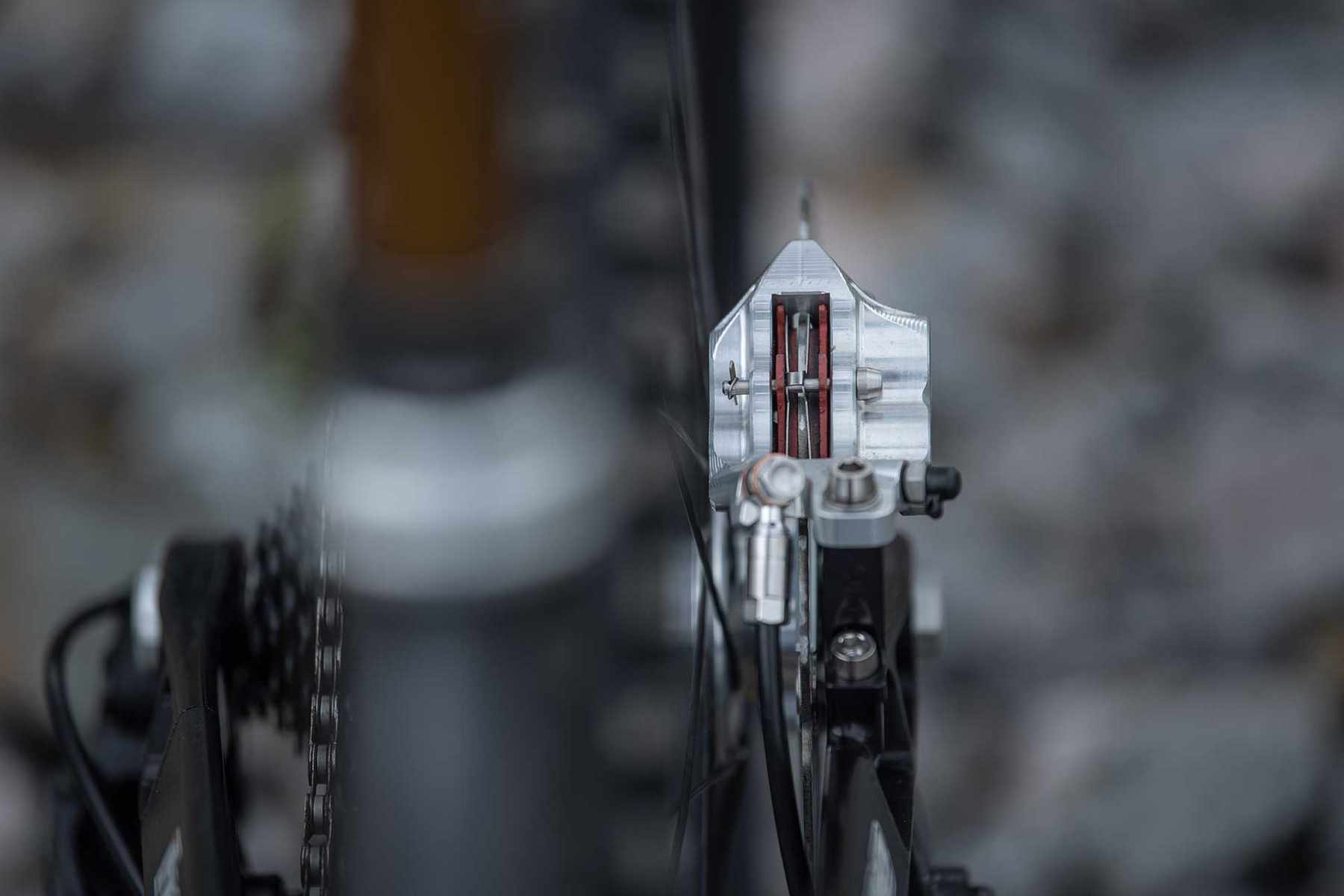
A 142mm hub is tucked in towards the drive side to give a narrow back end, but with Boost benefits 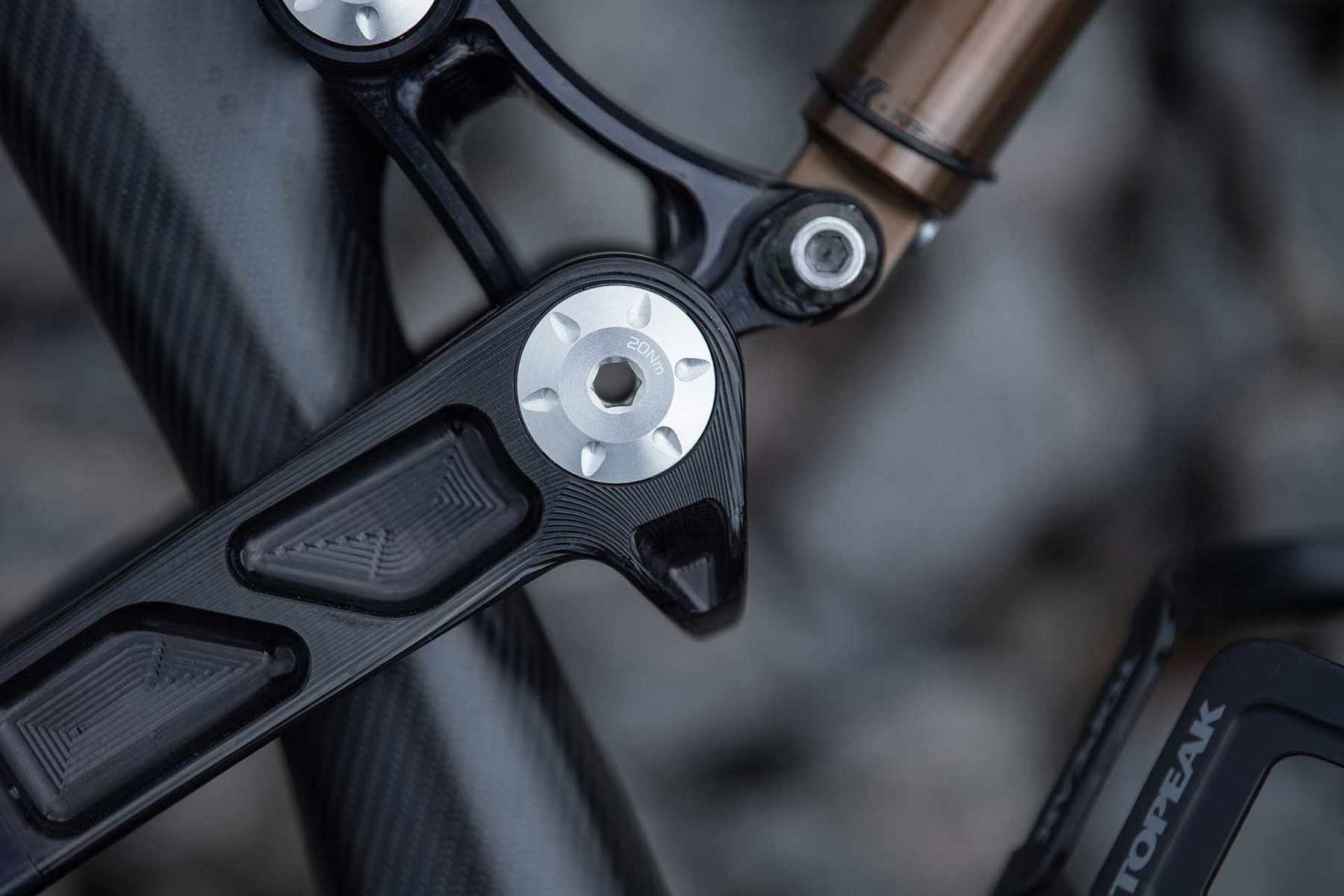
Neat machining and neat carbon. Neat! 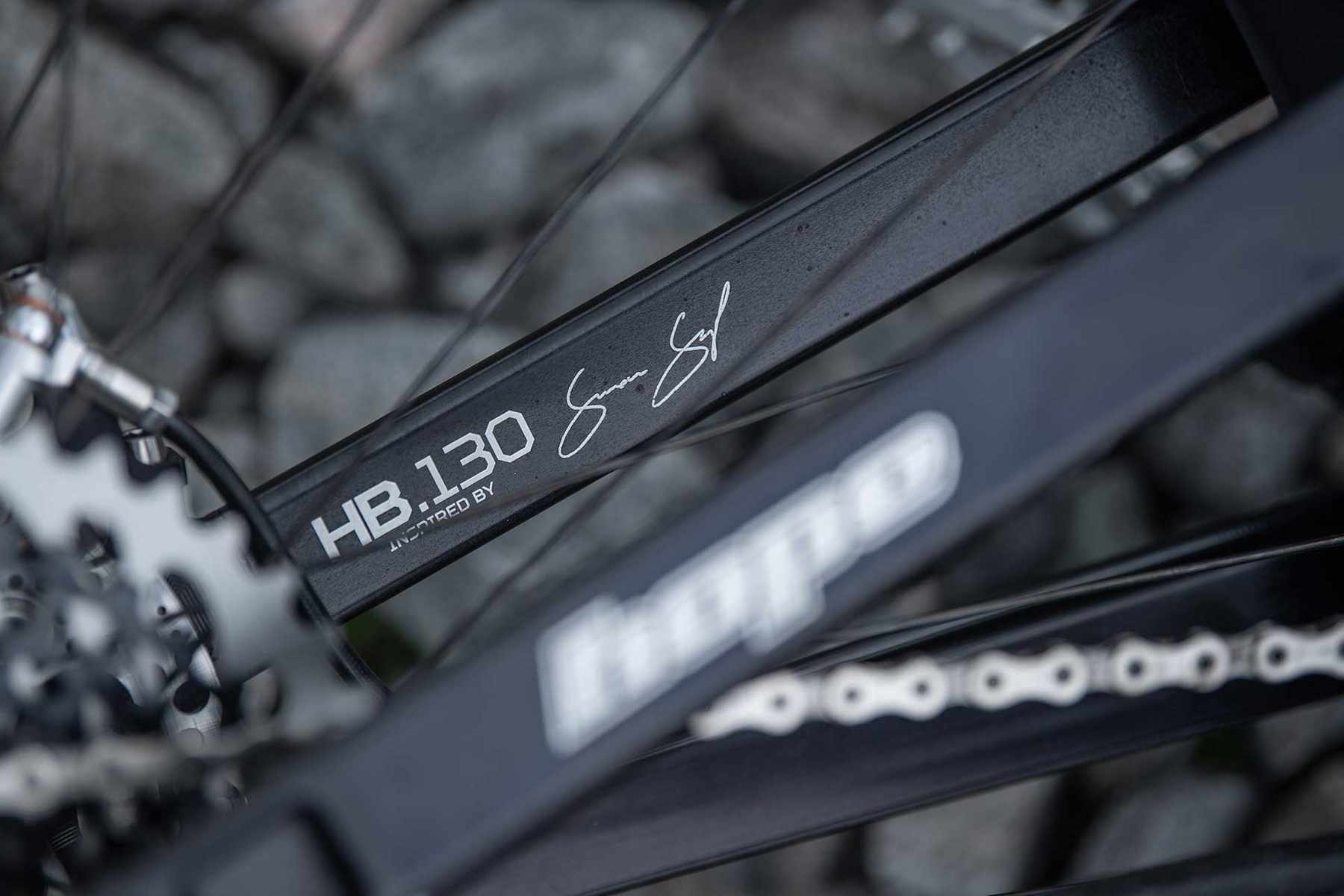
Simon Sharp is remembered well…
The HB130 rolls on 29in wheels and offers up 140mm of travel front and 130mm rear courtesy of a Fox suspension package, or if you chose, at no extra cost an Ohlins suspension setup. Your choice. The suspension layout is the same on the HB130 as the HB160, but running a metric shock with a 50mm stroke. This is tuneable from a high, or low position, with a flip chip that is possible to adjust trailside with a bit of faff. In the high position the bike is great under pedalling when climbing and has a 66.5° headtube which is not even slightly worrying on the descents. In low, the bottom bracket dropped just enough to cause the odd pedal-strike, but with the headtube at 66° it oddly felt like a much more competent descender, and all bar one of the Hope riders appeared to be riding their bike in the low setting as standard. I know most companies tout the idea of bottomless travel, but for this ex-XC racer I really did feel like I was on a much bigger bike than the travel that was available.
Over the two days I rode a size large with a reach of 475mm. At 183cm tall with long legs and T-rex arms, I was torn between the large and extra-large, but I was happy with the choice I’d made when it came to the 10km climbs we pedalled up. Suspension duties were taken care of by a familiar Fox 36 Factory GRIP 2 and a DPX2 Factory shock which felt suited to some of the more burly trails we were riding. I’d enquired about why the 36 over the 34 and the answer was simple enough, they’d experimented with both and they preferred the feel of the 36. Fair enough. What was noticeable was that some of the Hope riders were on Fox and some on Ohlins, but almost a 50:50 split. No reason again, just personal preference, the more endurobro™ of the riders were opting for coil shocks and the HB130 was in no way holding them back over their previous bike, the HB160.
However, it wouldn’t be a Hope bike without a few foibles. First off, the bottom bracket. It’s threaded and carries a Hope BB for 30mm spindles, any other 30mm crankset will certainly fit, but not your 24mm crankset. Not yet. The rear hub is also specific to the frame. While the crankset is Boost spaced, this spacing is only on the drive side, the entire rear end is narrow from the rear and effectively 142mm wide with the extra spacing on the non-drive side being ditched. So yes, a proprietary Hope hub, but I for one don’t see that as a downside from a company who make some of the best hubs in the world. It mounts much in the same way a motorcycle rear hub does, something I’m still not sure why we’ve not adopted in the MTB world. It just works. Also, no SuperBoost to be seen.
Stopping is unsurprisingly courtesy of a pair of Hope Tech 3 E4s mounted on a carbon Hope bar and trusty 50mm Hope stem. Drivetrain duties are courtesy of SRAM with its 12 speed X01 Eagle groupset throughout including cranks. However, if you lust after Hope Evo Crankset fear not, as an addition the bike can be supplied with the new version of the crankset for a price not dissimilar what you should be able to sell off your unused, packaged and unmounted SRAM crankset that will come with your bike. Convenient.
The HB130 will also be available as a frameset (£3,950) so you can build it up as you wish. But while you’re wiping the coffee off your tablet let me clarify a few things about that price. First off, you’re getting a handmade frame from the UK, a shock, a PAIR of hubs, headset, seatclamp and the 30mm bottom bracket you’ll need.
Several other upgrades are available, including carbon wheelset and other Hope goodies and your local dealer will be able to fill you in on these. Or, if you’d like, you can order direct from Hope who’ll charge you exactly the same price, but they’ll make you a brew when you could to pick up your bike. You may even get the tour if you’re lucky. Enquire about how they use walnuts. You’ll be surprised.
The HB130 is available as of today from certain Hope dealers, or direct from Hope Technology – www.hopetech.com
Disclosure: Greg May’s travel and accommodation in Scotland was covered by Hope.
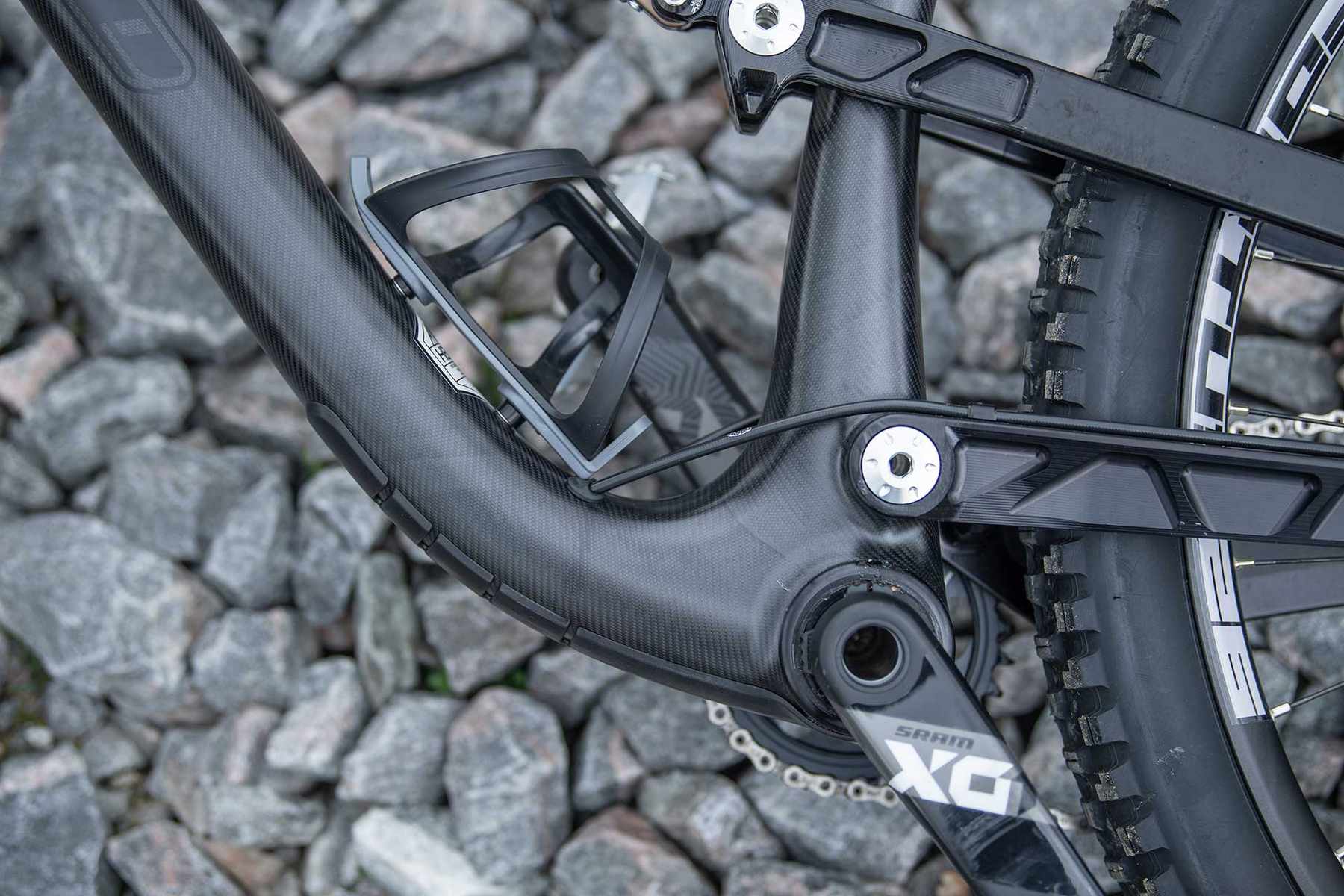
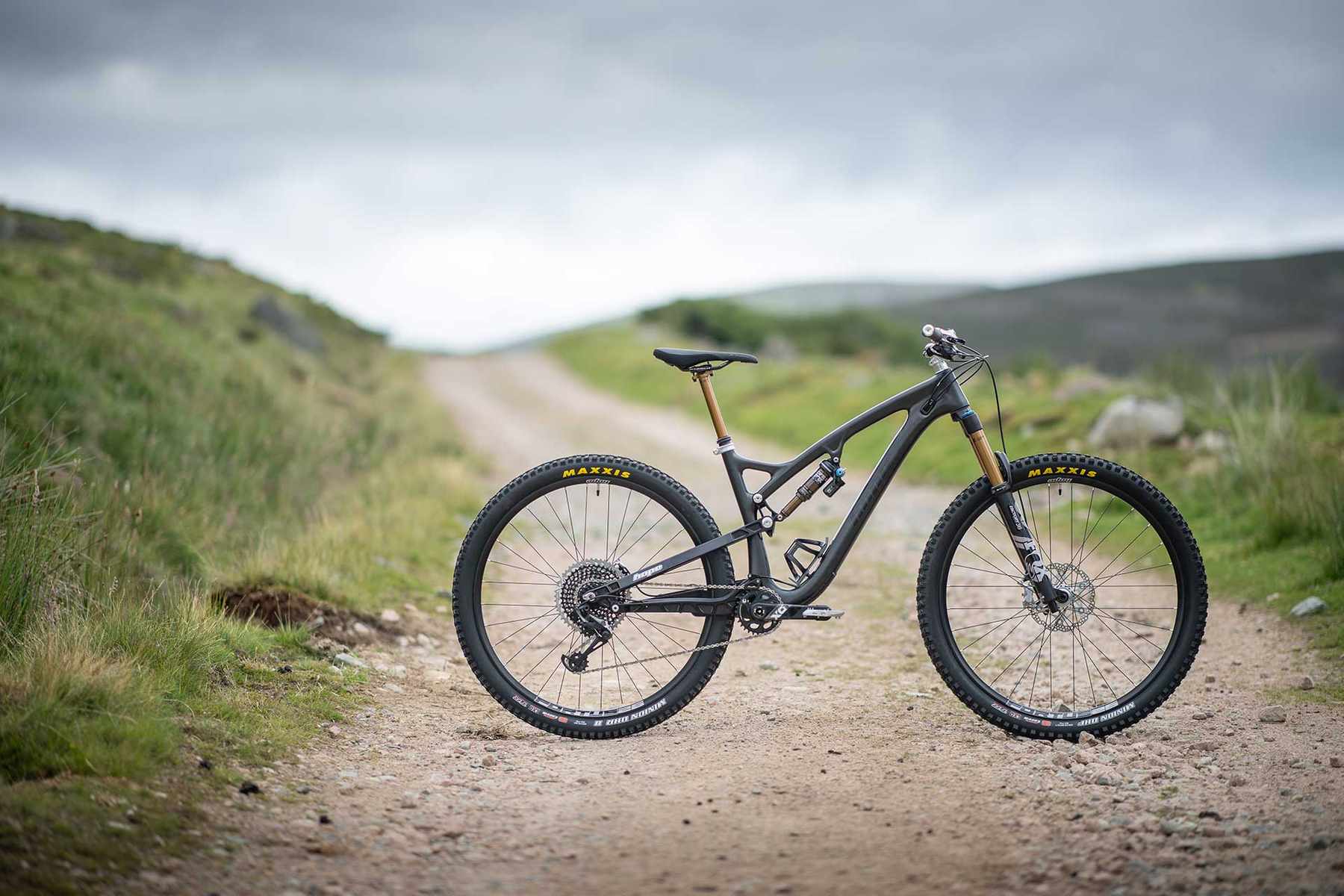
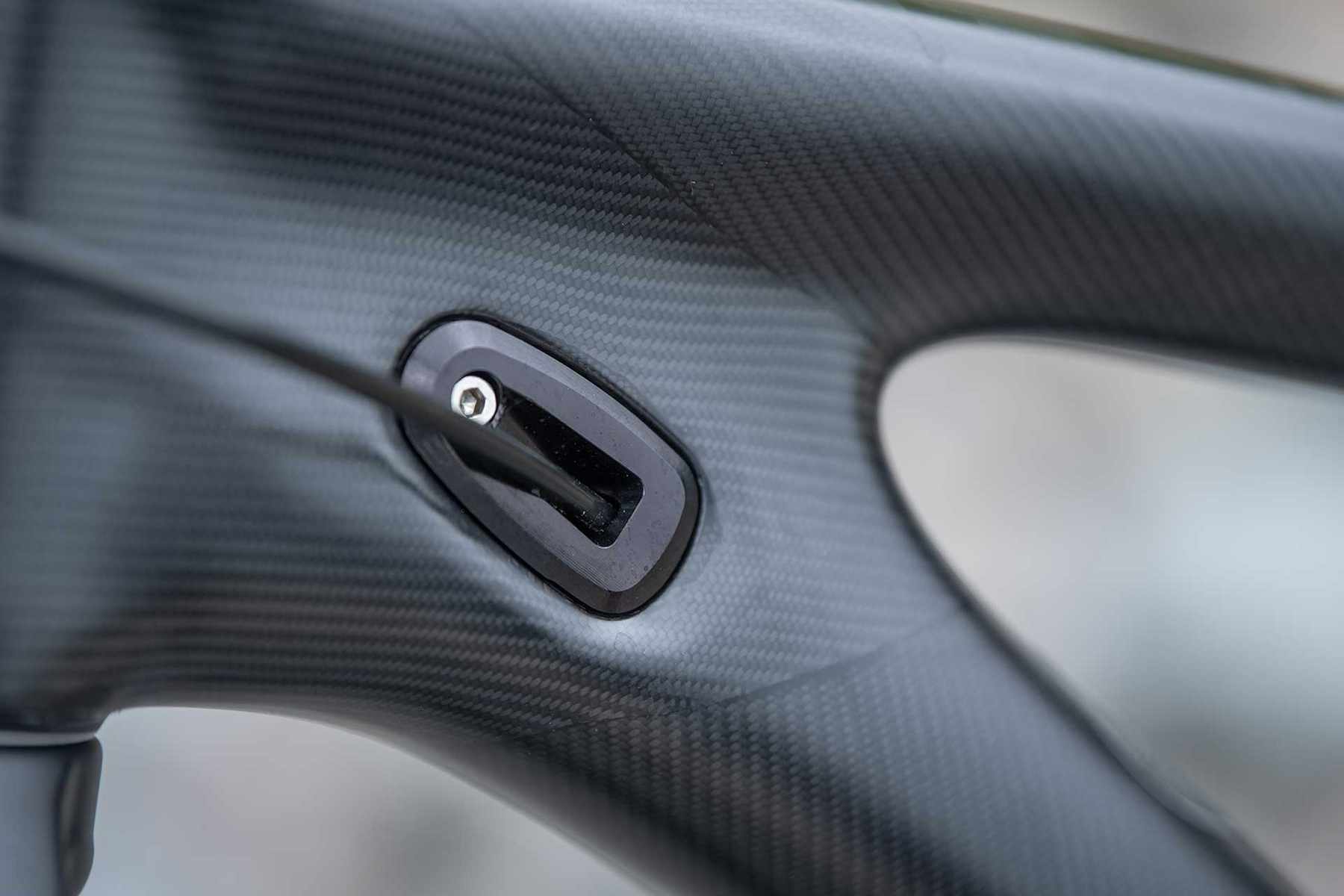




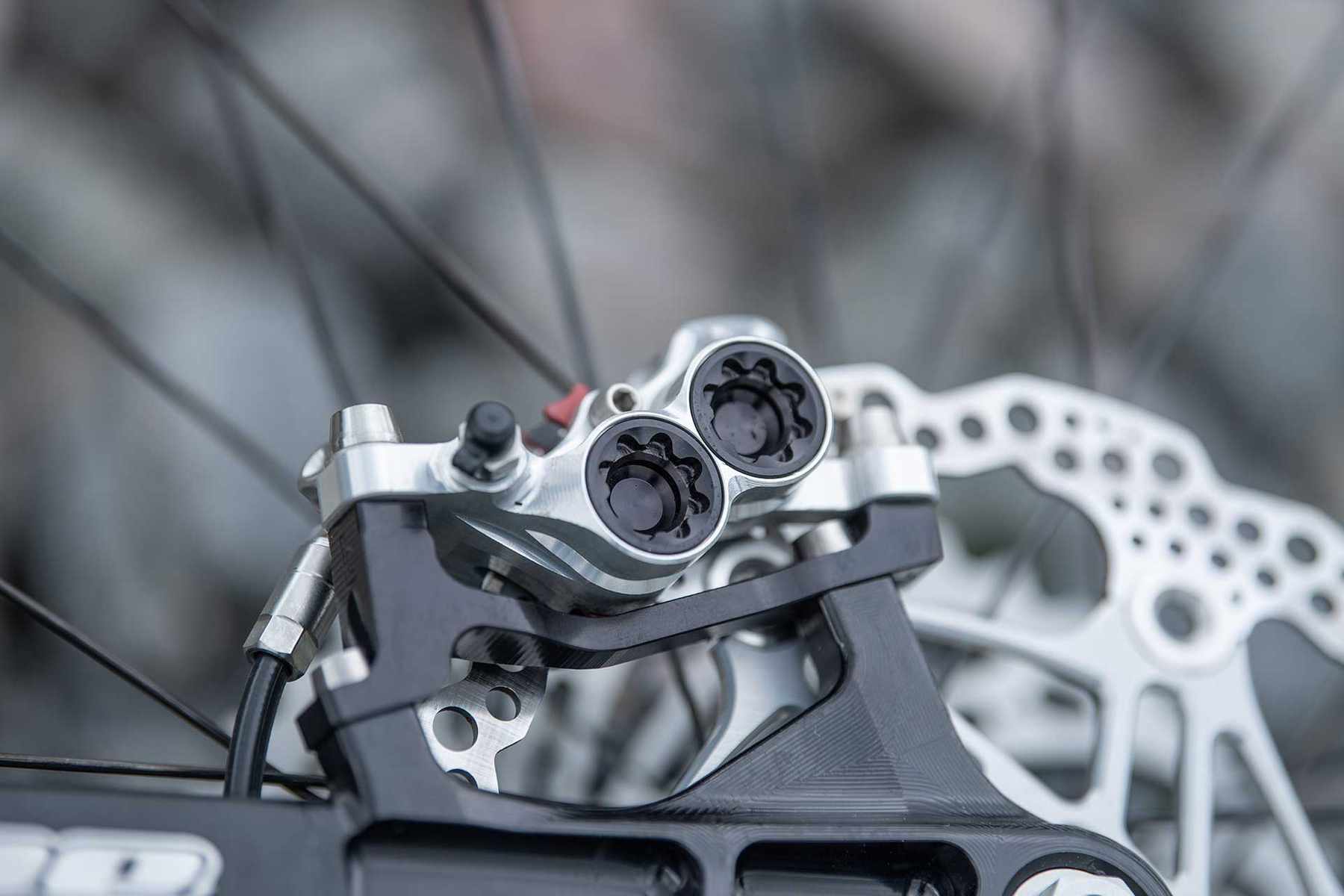
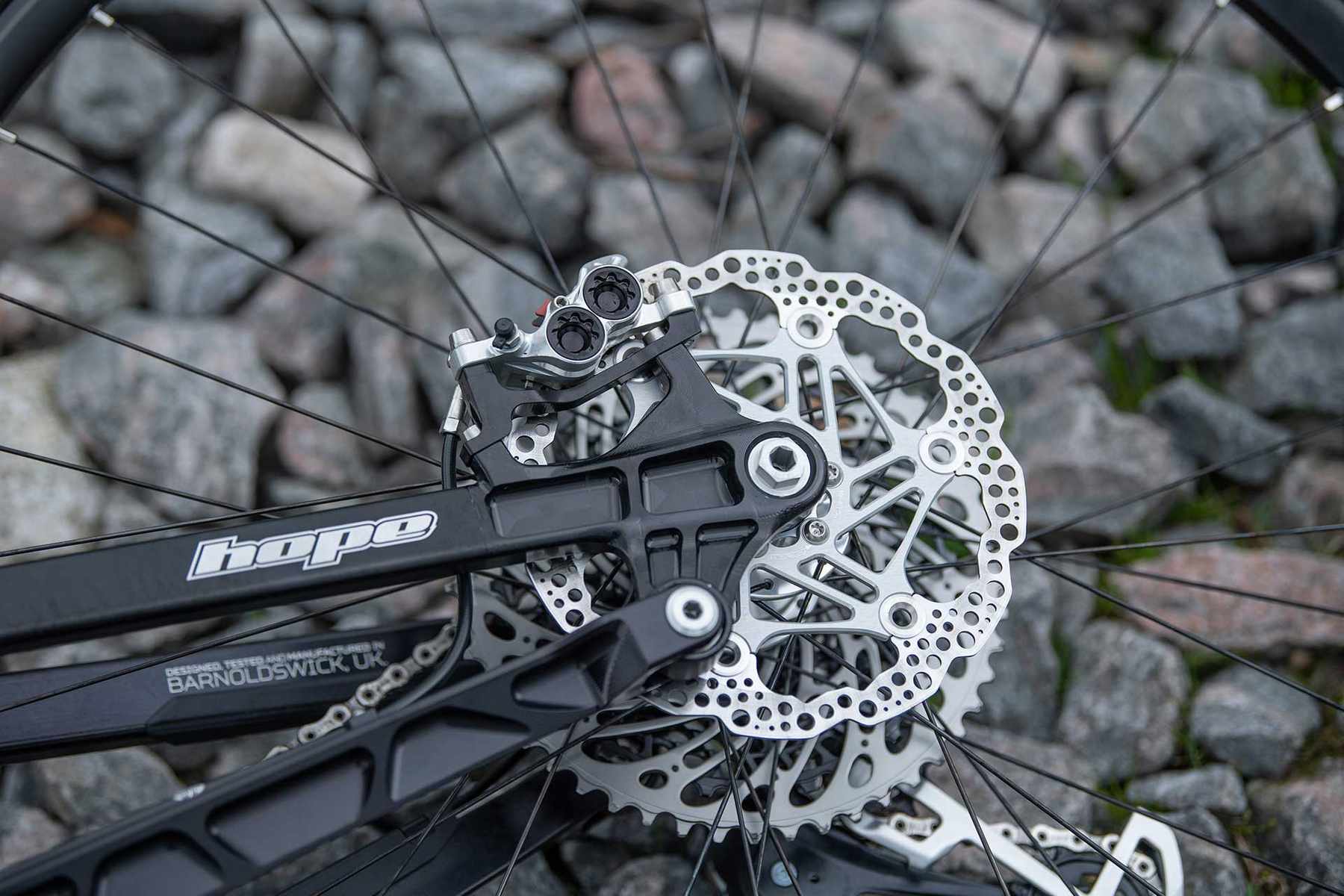
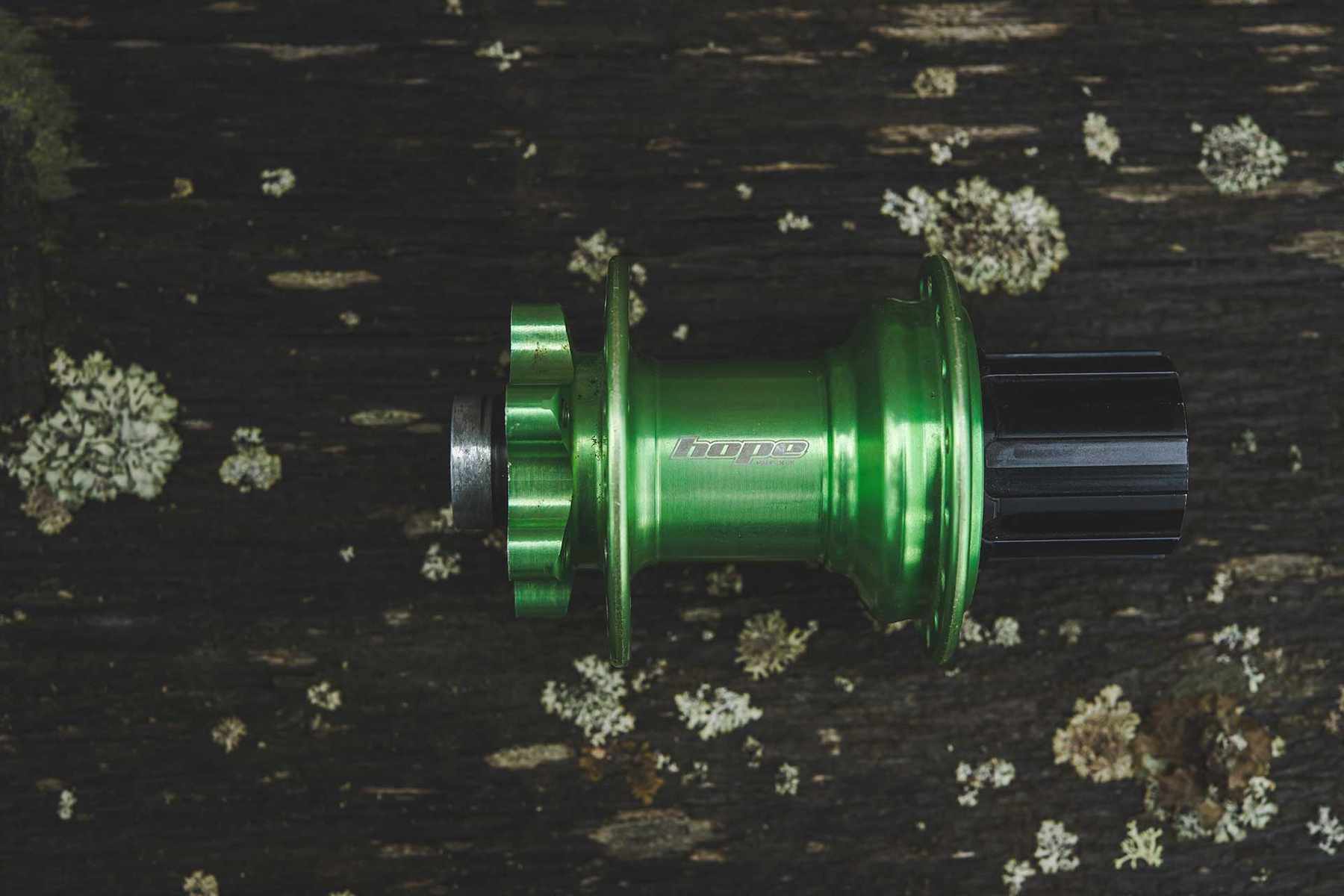
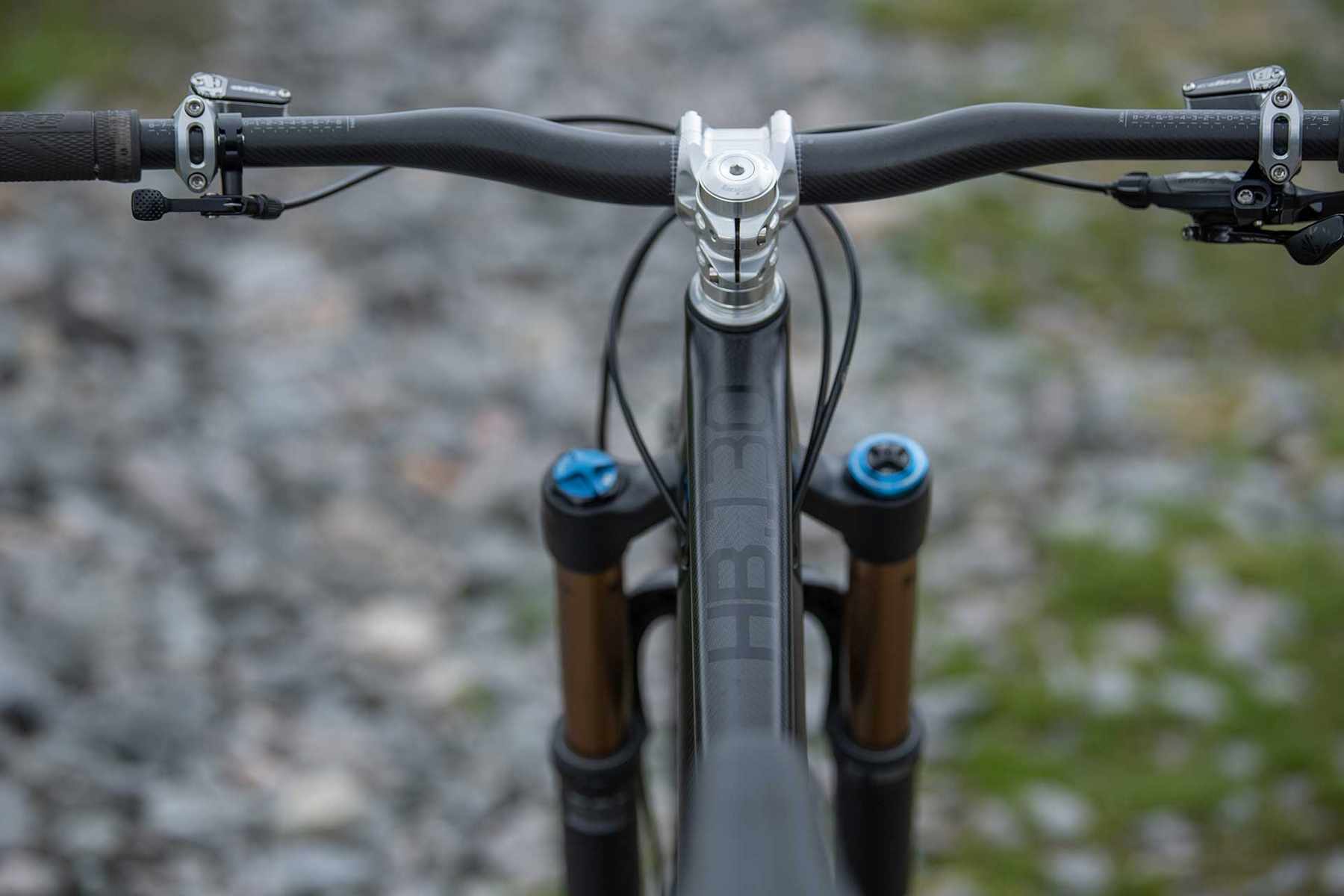
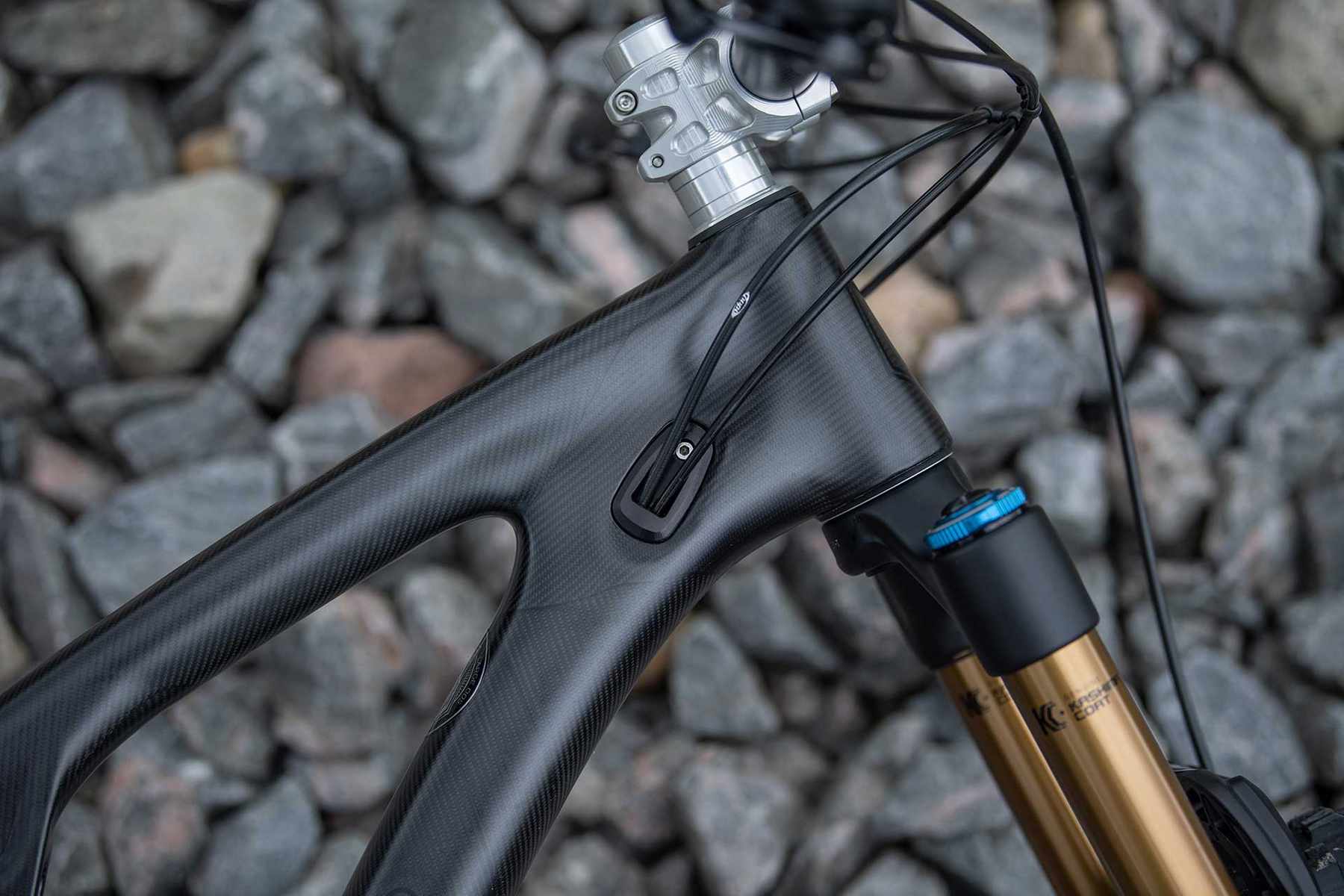
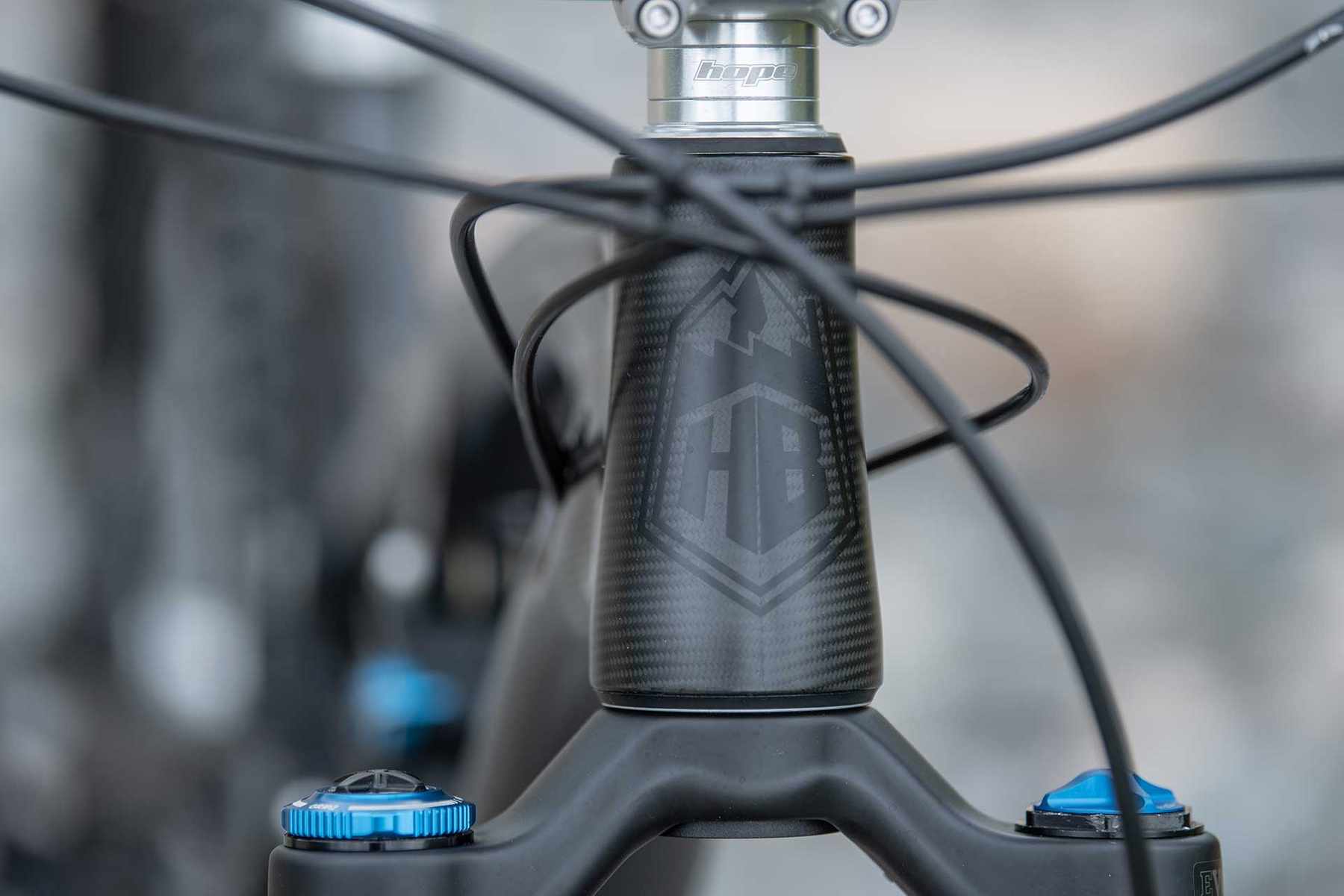
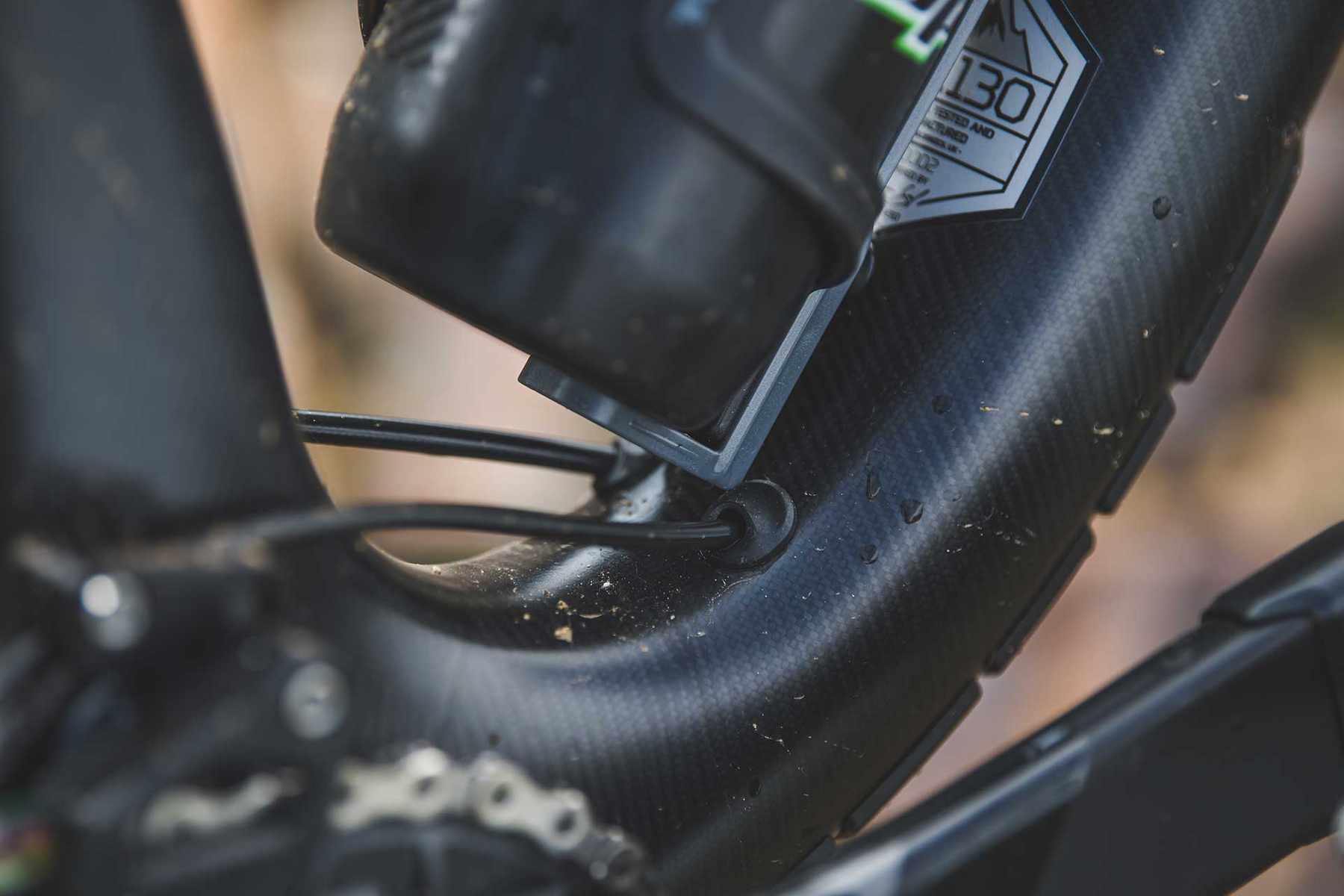
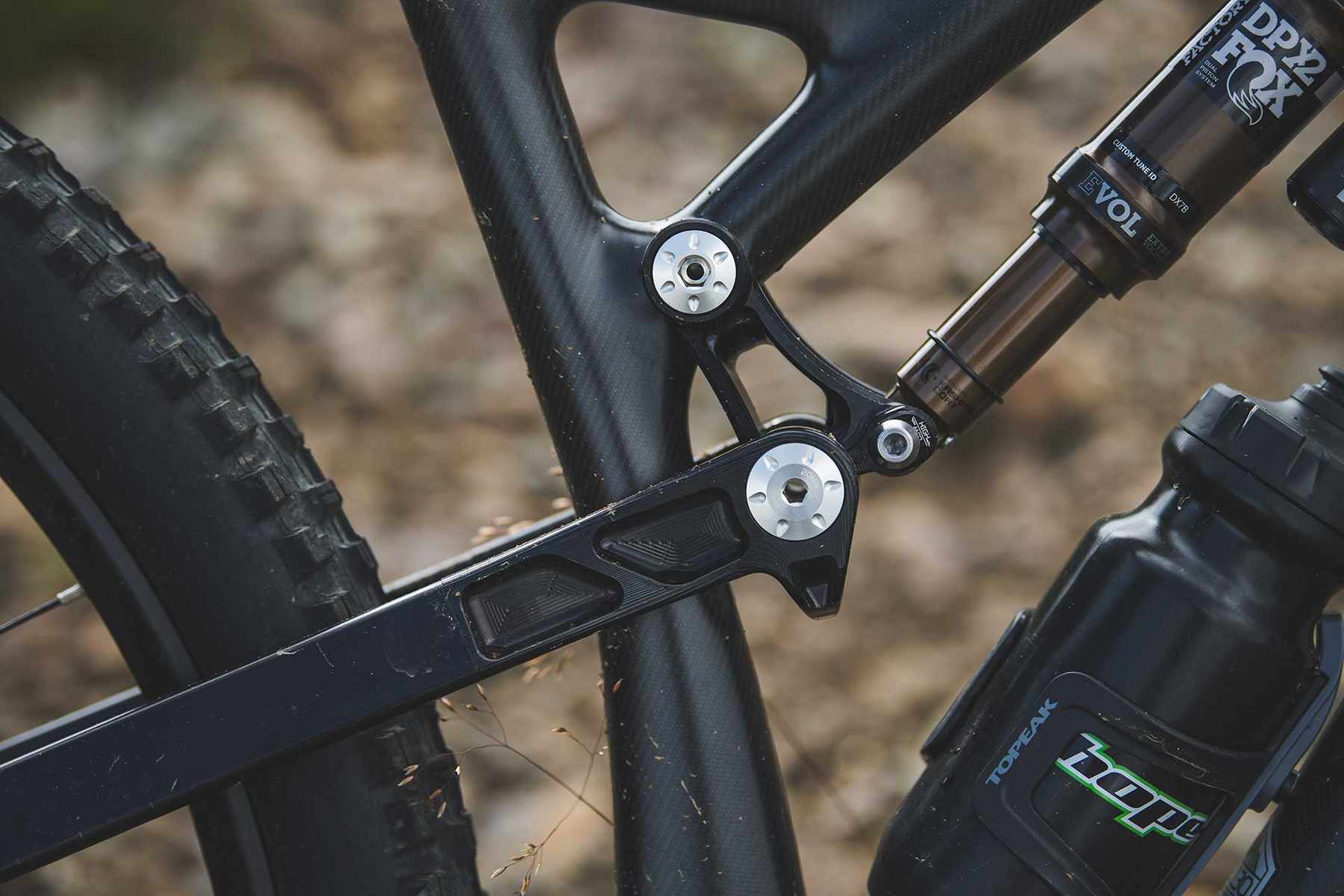
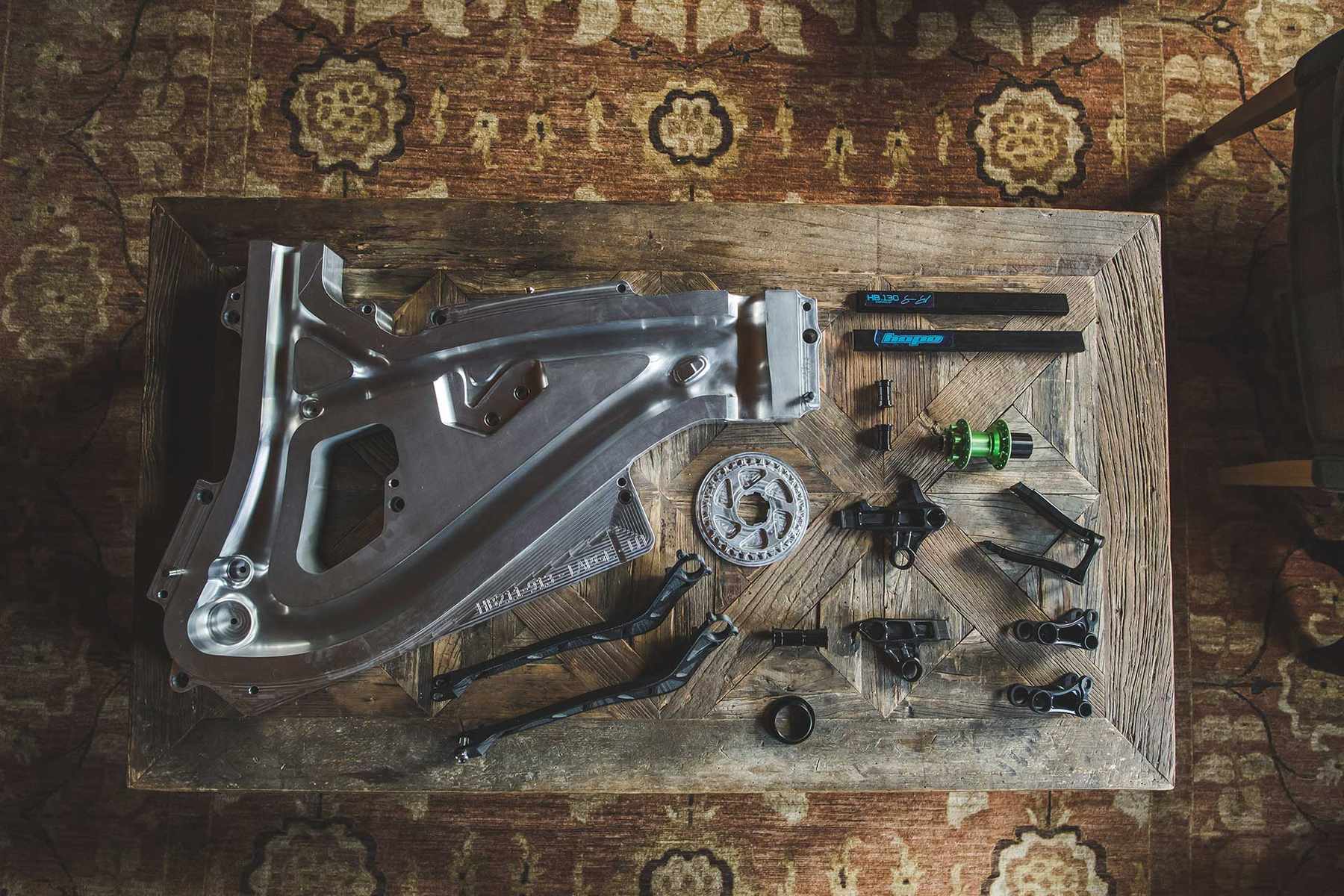
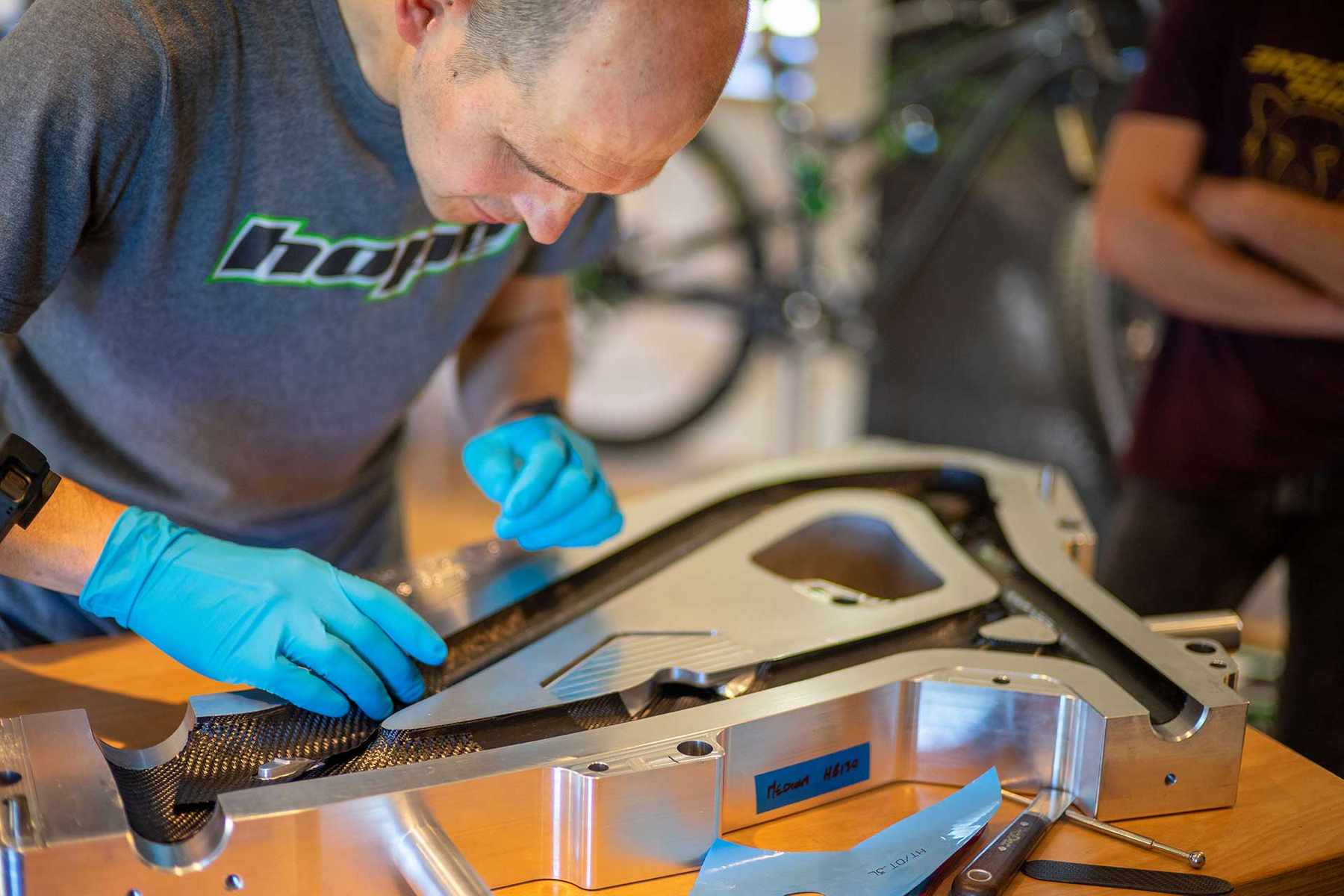
Lovely! How does the flipchip thingy work then?
‘The rear hub is also specific to the frame’
Why do this? Surely it will immediately put off potential buyers and make getting replacement rear wheels in an emergency a PITA.
So it has a threaded BB, and you can screw in a 30mm BB, but you can’t screw in a 24mm one? That makes no sense.
(unless it’s some weird BB that’s specific to the frame, in which case, another black mark – the frame specific hub is bad enough, that alone would stop be buying the bike)
Wonder how heavy it is?
wors – pretty simple, you pop out the bolt on the rear of the shock, flip a small piece of metal on each side, then pop it back in. Alters the geometry of the bike.
Clink – Not that much of a pain, just what they chose to do. It’s not like the make hubs that you’d be aiming to upgrade anyway.
honourablegeorge – it’s a 46mm thread, not BSA. It’s available on other bikes out there too. Just not common place yet.
barbs – honest answer, no idea,but I am aware that it was roughly about 160g lighter than the HB160 frame. Build weight would vary depending on what you do to it anyway. But it didn’t feel heavy if that’s of any help!
28.8lb according to a couple of other reviews out there.
I sort of get the impression that if you’re the type of customer that buys one of these, you’re the customer who would also choose Hope hubs, cranks, BB anyway
‘Clink – Not that much of a pain, just what they chose to do. It’s not like the make hubs that you’d be aiming to upgrade anyway.’
Hope hubs are the only ones I’ve ever had bearing issues with
That looks a bit ‘old’ geo wise. Might explain the Bike packing comments.
Ultimate stw bike in time for the reader awards?
I take back my I’ll informed geometry comment.
proper carbon weave too. Aero.
So a BB with none standard threads…why?! Surely this just means they will have to manufacture another type of BB as well as another type of hub for no reason. How does this make sense?
4k…sorry, love hope stuff but that’s just too much for a frame. Even if it comes with a free cup of tea… cheers?